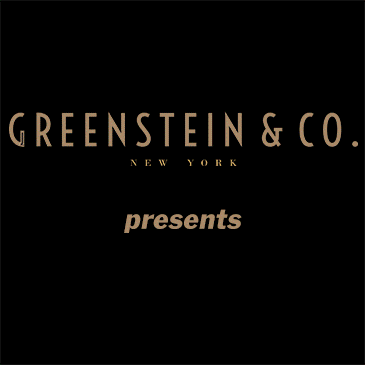In the center of the Czech Republic capital of Prague sits the appropriately-named Male Namesti, literally the “Small Square,” where two buildings sport the trademark purple flag of New York University. Inside, some 150 undergraduates from the school’s main campus in Greenwich Village spend their semester abroad learning about Prague and, for the students of professor Kateřina Čapková’s Modern Jewish History class, the rebirth of the storied city’s historic Jewish community.
NY’ers in Prague Get Insider’s Glimpse of Jewish Rebirth
In the center of the Czech Republic capital of Prague sits the appropriately-named Male Namesti, literally the “Small Square,” where two buildings sport the trademark purple flag of New York University. Inside, some 150 undergraduates from the school’s main campus in Greenwich Village spend their semester abroad learning about Prague and, for the students of professor Kateřina Čapková’s Modern Jewish History class, the rebirth of the storied city’s historic Jewish community.
On a recent day, Rabbi Manis Barash walked a block from his Chabad-Lubavitch center to give the class an insider’s glimpse to Jewish Prague, a city he “fell in love with” when he and his wife arrived as emissaries some 14 years ago. His lecture also focused on the tenets of Chasidism and how the religious movement, with its emphasis on the innate value of scholar and simpleton alike, transformed Jewish life across Europe.
“It’s extremely important to hear from someone who believes in what we are learning in class,” said Čapková, a non-Jewish academic who also works with the Terezin Institute, an association of Holocaust survivors in the Czech Republic. “It’s also very important to be in contact with different Jewish communities in Prague.”
Barash, whose center has presided over the establishment of an institute dedicate to the teachings of Prague’s most famous rabbi, the 16th-century sage known as the Maharal, told the class that Chasidism – which draws on the Maharal’s teachings – rejuvenated Jewish life by focusing on the power of the individual and the Jewish people’s collective unity in relation to the Torah.
By the start of World War II, centers of Chasidic life had sprouted up all over Europe, but the Holocaust nearly wiped it all out.













